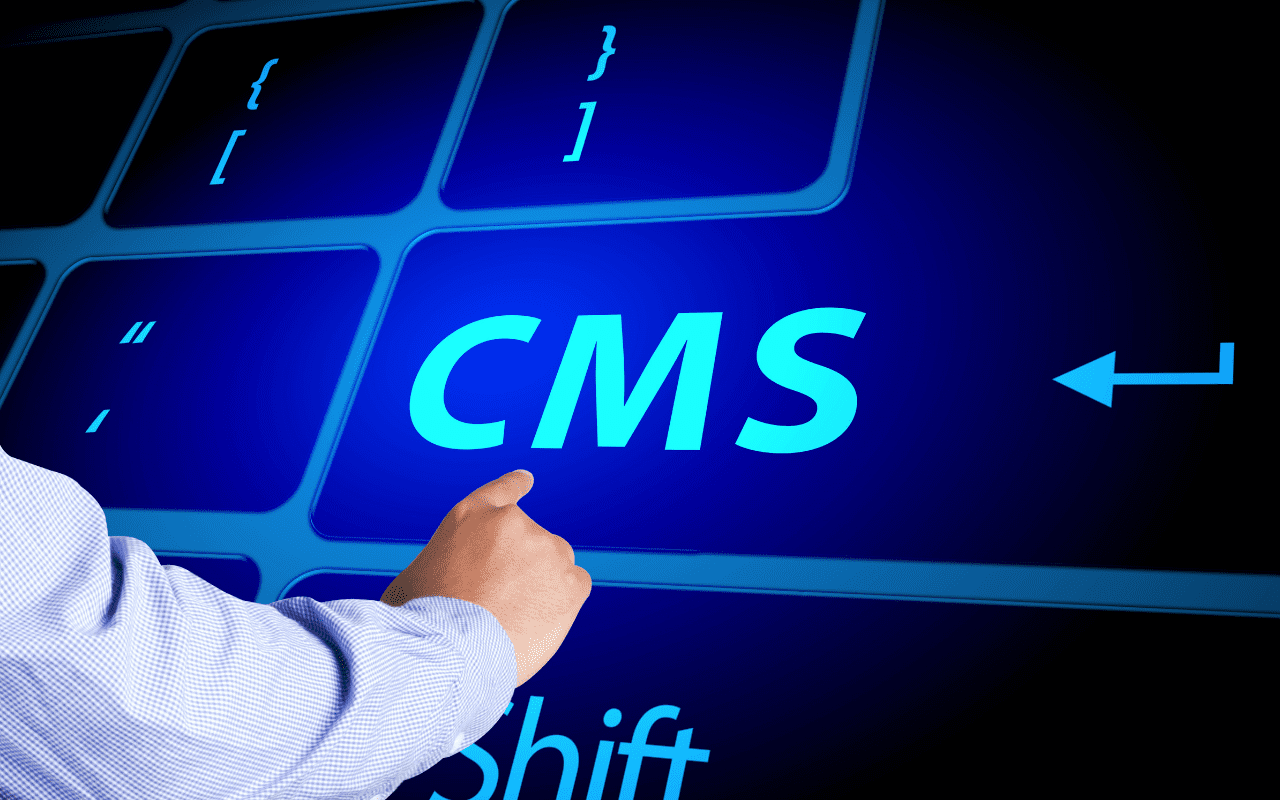In the dynamic world of web development, the concept of a Headless CMS (Content Management System) has gained significant traction. Unlike traditional CMS platforms, which combine the front-end and back-end into a single system, a headless CMS decouples the two, offering more flexibility and control over content delivery. This article explores the meaning of a headless CMS, its architecture, and the benefits it provides to modern businesses.
Unlock the Power of Headless CMS
Discover how a headless CMS can transform your content delivery strategy. Learn about its benefits and architecture in our comprehensive guide.
Learn More
1. What is a Headless CMS?
A headless CMS is a backend-only content management system that serves as a repository for content, which can then be delivered to any front-end or device via APIs (Application Programming Interfaces). The term “headless” refers to the absence of a built-in front-end or presentation layer. Instead, the content stored in the CMS can be accessed and displayed through various channels, such as websites, mobile apps, and IoT devices.
In a traditional CMS, the front-end and back-end are tightly integrated, meaning the system handles both content management and its presentation. Examples include WordPress, Drupal, and Joomla. While these platforms are effective for many use cases, they can be limiting when it comes to delivering content across multiple platforms and devices. This is where a headless CMS shines, as it provides the flexibility to use any technology for the front-end development, allowing for a more versatile and scalable approach to content delivery.
2. Architecture of a Headless CMS
The architecture of a headless CMS is relatively straightforward. It consists of the following components:
1. Content Repository:
The backend database where all content is stored. This includes text, images, videos, and other digital assets.
2. API Layer:
The intermediary that connects the content repository with various front-end applications. APIs allow developers to fetch, update, and manage content programmatically.
3. Front-End Applications:
These are the various platforms and devices that consume the content. They can be built using different technologies such as React, Angular, Vue.js for web applications, Swift for iOS apps, or Kotlin for Android apps.
This decoupled architecture allows developers to create custom front-ends tailored to specific user experiences, without being constrained by the limitations of the CMS’s built-in presentation layer.
3. Benefits of a Headless CMS
The headless CMS approach offers several advantages:
1. Flexibility in Front-End Development:
Since the front-end is not tied to the CMS, developers can use any technology stack to build user interfaces. This allows for the creation of highly customized and optimized experiences for different platforms and devices.
2. Omnichannel Content Delivery:
A headless CMS can serve content to multiple channels from a single source. This ensures consistency and efficiency when delivering content to websites, mobile apps, digital signage, voice assistants, and more.
3. Scalability:
By decoupling the front-end and back-end, a headless CMS can handle large volumes of content and traffic more efficiently. This is particularly beneficial for growing businesses that need to scale their operations.
4. Improved Performance:
Separating the content management from the presentation layer can lead to faster load times and improved performance, as the front-end can be optimized independently of the CMS.
5. Future-Proofing:
A headless CMS provides the flexibility to adapt to new technologies and platforms as they emerge. This ensures that your content strategy can evolve without being limited by the capabilities of the CMS.
Revolutionize Your Content Management
Embrace the future of content management with headless CMS. Explore its flexibility, scalability, and performance advantages for your business.
Get Started Now
4. Use Cases for a Headless CMS
A headless CMS is ideal for:
1. Content-Driven Websites:
Businesses that need to deliver content quickly and efficiently across multiple platforms.
2. E-Commerce Sites:
Online stores that require dynamic content updates and personalized user experiences.
3. Mobile Apps:
Applications that need to display content consistently with web versions.
4. Digital Marketing:
Campaigns that span various digital touchpoints and require cohesive content delivery.
Conclusion
Optimize Your Digital Experience with Headless CMS
See how a headless CMS can enhance your digital presence across multiple platforms. Find out why it’s the ideal solution for modern content delivery.
Explore Headless CMS
A headless CMS represents a significant evolution in content management, offering unparalleled flexibility and control over how content is delivered and presented. By decoupling the front-end from the back-end, businesses can create highly customized, scalable, and future-proof digital experiences. As the digital landscape continues to evolve, adopting a headless CMS can provide a competitive edge, enabling organizations to meet the demands of modern content delivery and user expectations.


